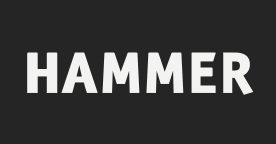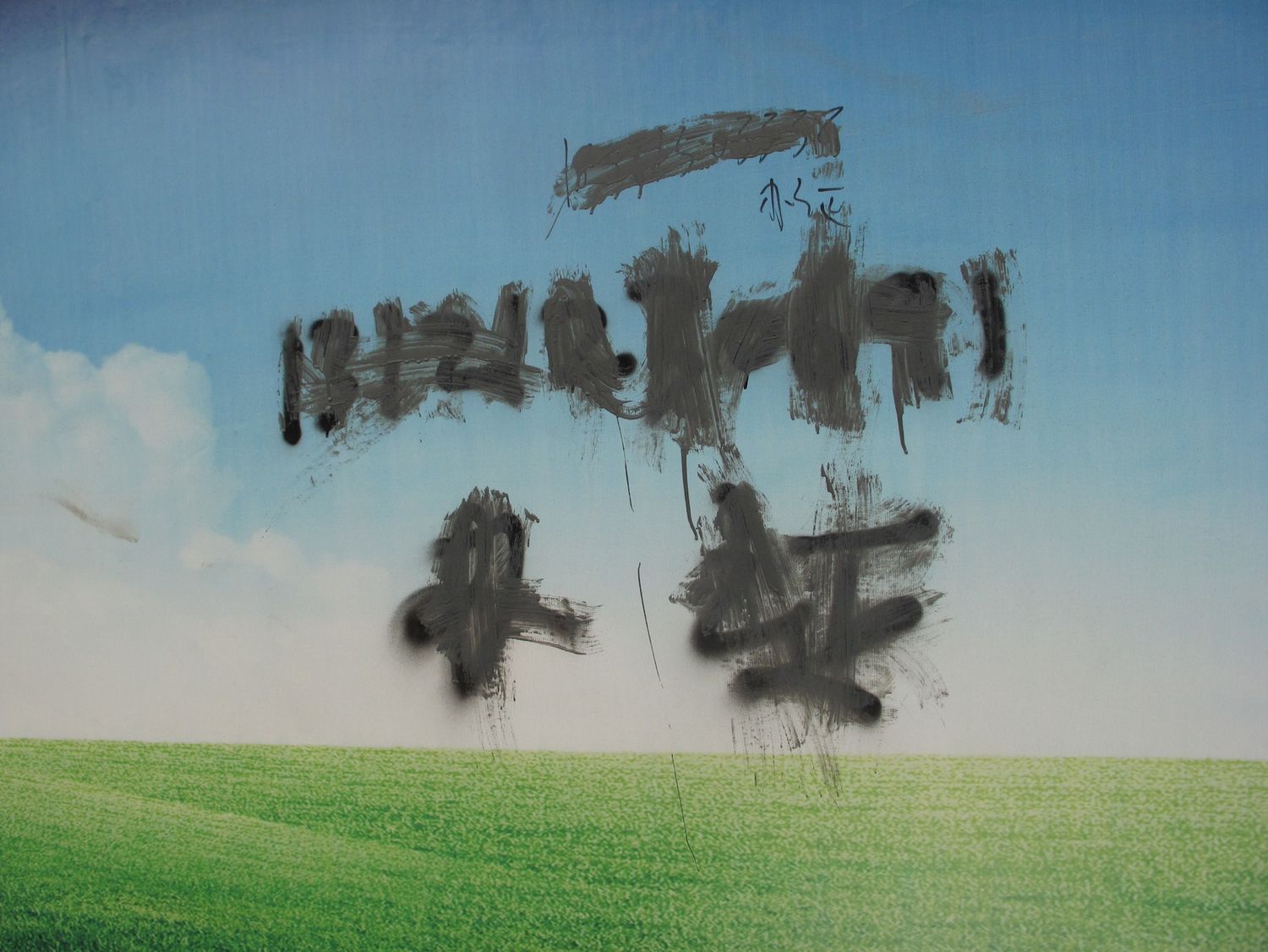RECAP: Lunchtime Art Talk on Edmund Teske
Lunchtime Art Talk: Edmund Teske's Kenneth Anger, Topanga Canyon, 1954
with Leslie Cozzi
Hammer Curatorial Associate Leslie Cozzi discussed photographer Edmund Teske’s Kenneth Anger, Topanga Canyon (1954) in the Vault Gallery on August 14. In the work avant-garde experimental filmmaker Kenneth Anger is photographed standing contrapposto, as Leslie noted, in a dark and dapper suit. He stands atop Topanga Canyon in the foreground of the photograph, whilst wrathful horsemen and trumpet-blowing angels bring forth disaster—illustrating a scene from Milton’s Paradise Lost—all around him. To create composite prints such as this one, Teske “takes two different negatives, overlays them, and then develops them as one,” Leslie explained. The superimposed images were Teske’s portrait of his friend, Anger, and an 1866 Gustave Doré engraving of a passage from Milton that illustrates the revolt of the rebel angels, an association that Anger himself suggested.
Leslie described how the commonalities between Teske
with Leslie Cozzi
Hammer Curatorial Associate Leslie Cozzi discussed photographer Edmund Teske’s Kenneth Anger, Topanga Canyon (1954) in the Vault Gallery on August 14. In the work avant-garde experimental filmmaker Kenneth Anger is photographed standing contrapposto, as Leslie noted, in a dark and dapper suit. He stands atop Topanga Canyon in the foreground of the photograph, whilst wrathful horsemen and trumpet-blowing angels bring forth disaster—illustrating a scene from Milton’s Paradise Lost—all around him. To create composite prints such as this one, Teske “takes two different negatives, overlays them, and then develops them as one,” Leslie explained. The superimposed images were Teske’s portrait of his friend, Anger, and an 1866 Gustave Doré engraving of a passage from Milton that illustrates the revolt of the rebel angels, an association that Anger himself suggested.
Leslie described how the commonalities between Teske





